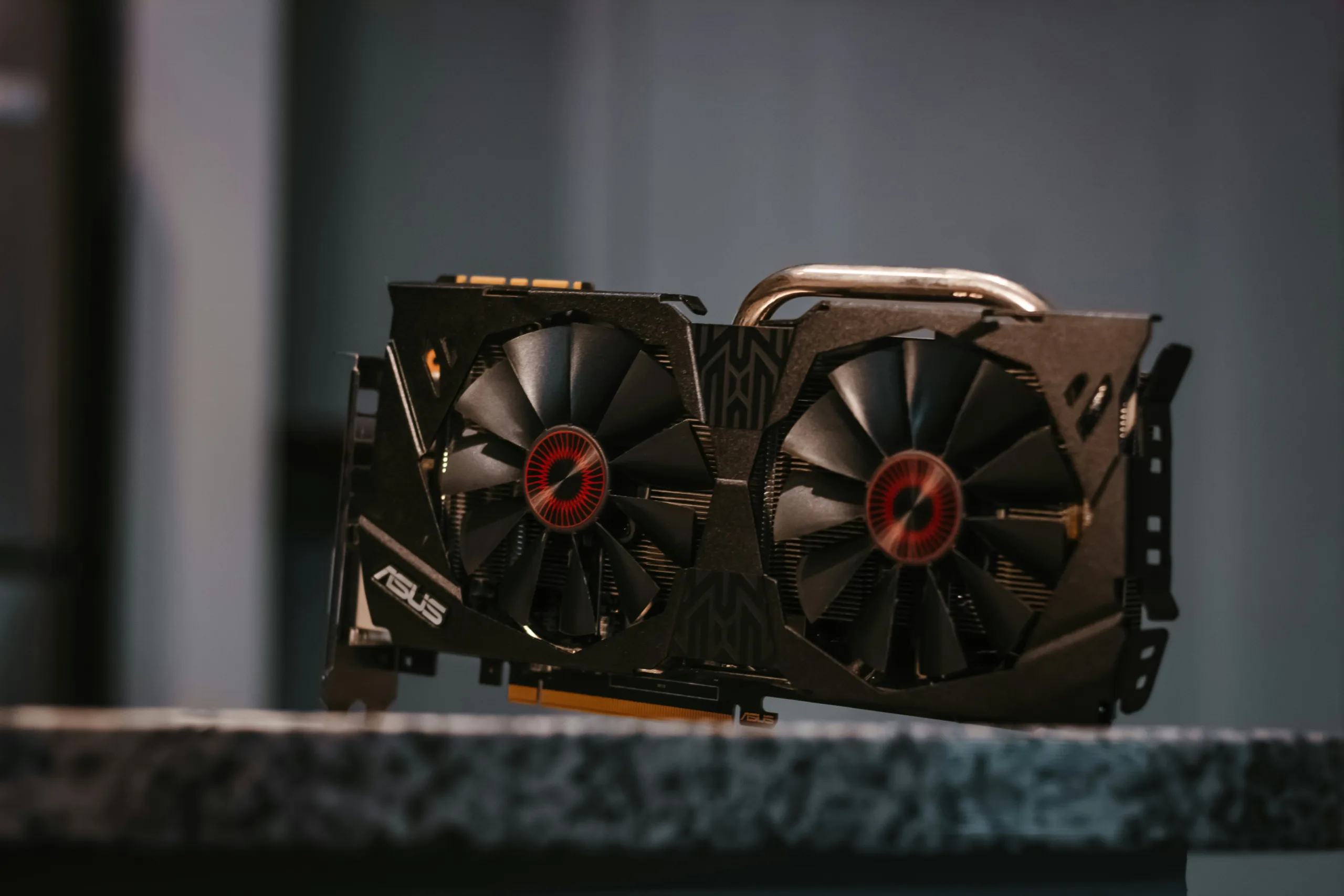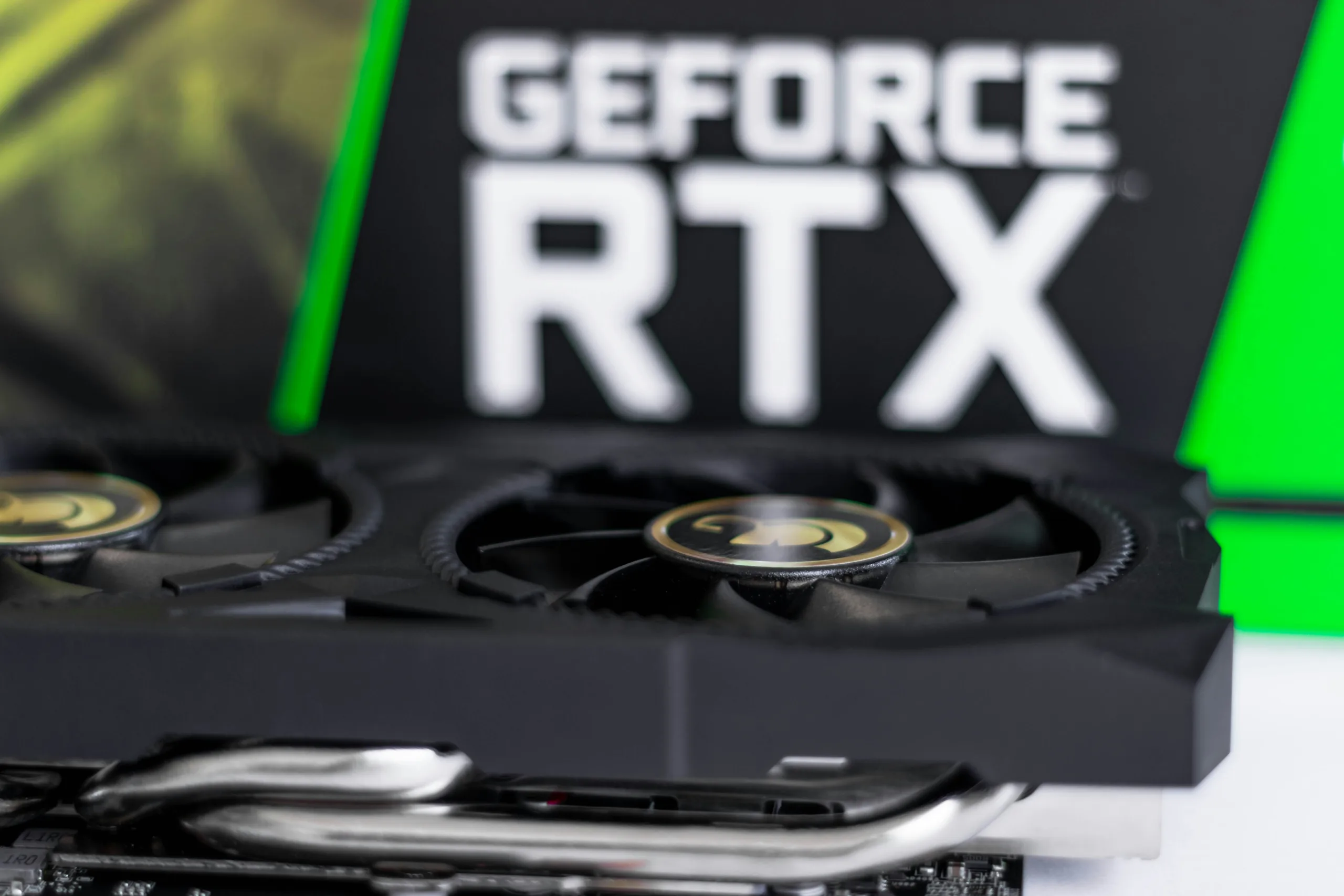
When it comes to gaming and graphic-intensive tasks, having a high-performance graphics card is essential. The rapid advancements in technology have led to the development of powerful graphics cards that can handle even the most demanding applications. In this article, we will take a deep dive into the latest graphics card technology and explore the features that make them so impressive.
1. Ray Tracing: A Game-Changer
One of the most significant advancements in graphics card technology is the introduction of ray tracing. Ray tracing is a rendering technique that simulates the behavior of light in a virtual environment. This technology allows for more realistic lighting, reflections, and shadows in games and other graphical applications.
With ray tracing, graphics cards can accurately simulate the way light interacts with objects in a virtual scene, resulting in stunning visuals. This technology has the potential to revolutionize the gaming industry by creating more immersive and lifelike experiences.
2. AI-Powered Upscaling
Another exciting feature found in the latest graphics cards is AI-powered upscaling. This technology uses artificial intelligence algorithms to enhance the resolution and quality of lower-resolution content in real-time.
AI upscaling can take a lower-resolution image or video and intelligently enhance it to a higher resolution without sacrificing quality. This feature is particularly useful for gamers who want to enjoy their favorite games at higher resolutions or for content creators who want to upscale their videos for a more professional look.
3. High Refresh Rate and Variable Refresh Rate (VRR)
Smooth gameplay is crucial for an immersive gaming experience, and the latest graphics cards deliver just that. These cards support high refresh rates, which allow for smoother animations and reduced motion blur.
In addition to high refresh rates, many modern graphics cards also support Variable Refresh Rate (VRR) technologies such as AMD FreeSync or NVIDIA G-SYNC. VRR synchronizes the refresh rate of the monitor with the graphics card, eliminating screen tearing and providing a smoother and more responsive gaming experience.
4. DLSS: Boosting Performance with AI
DLSS, or Deep Learning Super Sampling, is another feature that sets the latest graphics cards apart. DLSS uses AI to upscale lower-resolution images in real-time, similar to AI upscaling. However, DLSS focuses on improving game performance rather than just image quality.
By using AI algorithms, DLSS can render games at a lower resolution and then upscale them to a higher resolution, resulting in improved performance without sacrificing visual fidelity. This feature is especially beneficial for gamers who want to achieve higher frame rates without compromising on image quality.
5. Advanced Cooling Solutions
As graphics cards become more powerful, managing heat dissipation becomes increasingly important. The latest graphics cards feature advanced cooling solutions to ensure optimal performance and prevent overheating.
These cooling solutions include larger heatsinks, multiple fans, and even liquid cooling options. These features help to keep the graphics card temperatures in check, allowing for longer gaming sessions without any performance degradation or thermal throttling.
Conclusion
The latest graphics card technology has brought significant improvements to the gaming and graphics industry. From ray tracing to AI-powered upscaling and advanced cooling solutions, these cards offer a range of features that enhance both performance and visual fidelity.
As technology continues to evolve, we can expect even more exciting advancements in graphics card technology. Whether you are a gamer, a content creator, or a professional in the visual arts, these latest graphics cards are sure to unleash the power you need to take your work or play to the next level.


